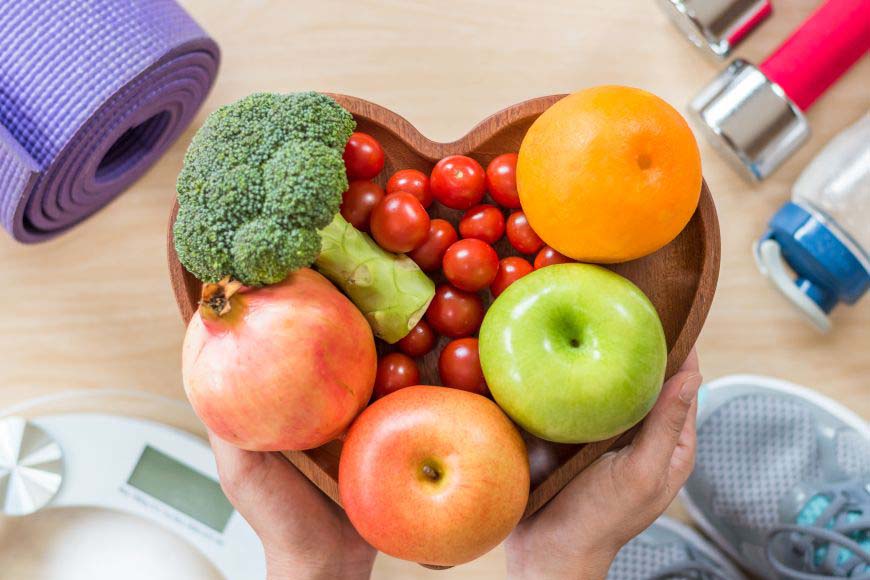Keeping an eye on your cholesterol levels could prevent serious heart diseases
21 March 2019
| Last updated on 31 March 2019
Cholesterol is a lipid-like substance your body normally uses as building blocks to produce hormones, vitamins and digestive juices to help break down your food.
Proteins carry cholesterol around your body through your blood circulation called lipoproteins, and can be divided into:
- Low-density lipoproteins (LDL, or “bad” cholesterol) which are more commonly found, and increases your risk for heart diseases by causing deposits in blood vessels
- High-density lipoproteins (HDL, or “good” cholesterol) which absorb cholesterol and take it back to the liver to remove it from the body. High levels of HDL can lower your risk for cardiovascular diseases
- Triglycerides are also found in the blood which is the non-combined free fat from the food we eat. The liver packages triglycerides as fat in adipose tissue, and turns some into cholesterol
Other than a high fat diet, obesity (or metabolic syndrome), a sedentary lifestyle, genetics, alcoholism, liver disease, smoking and diabetes can all contribute to high LDL (or “bad” cholesterol) levels.
SEE ALSO: What is Influenza and How Can It Be Treated
When levels of cholesterol get too high, fatty deposits from LDL can accumulate in blood vessels. This build up is called “plaque”.
These plaques can cause narrowing of the blood vessels, which in turn can reduce the flow of blood to your heart and other major organs, such as brain, kidneys and nerves. This unwanted narrowing of blood vessels can lead to deadly conditions such as coronary artery disease, angina, heart attacks and strokes.
If you are concerned about your cholesterol levels due to diet and lifestyle choices, ask your doctor to screen your lipid levels. Cholesterol levels should be closely monitored, and regular checkups every 5 years are recommended in adults over the age of 40 years.
Such checkups can be requested early in life if you have other risk factors present like smoking, male gender, diabetes, hypertension and family history of non-communicable diseases. As you age, these tests may need to be carried out more frequently.
SEE ALSO: 8 Complications of Uncontrolled Diabetes
Cholesterol levels are usually screened via a fasting blood test (usually 10-12 hours) called a lipid profile.
Blood test results should be taken into account with other variables such as age, gender, blood pressure, body mass index (BMI), smoking status and use of medicines to calculate your risk for serious lipid-related heart problems.
If your doctor finds you have high LDL cholesterol levels, they may recommend a cholesterol-lowering medicine combined with lifestyle changes to lower your risk for heart disease. If you have low HDL cholesterol levels, the best way to increase them is to stop smoking, adopt a healthy diet and exercise frequently.
A healthy diet that is high in fiber and plant-based foods can hep lower total and LDL cholesterol levels. Foods that may help to reduce LDL cholesterol include oatmeal, whole grains, beans, leafy greens and fatty fish such as salmon.
For more information or to book an appointment, please visit Medcare or press ‘Click to Contact’ to submit your inquiries.

Dr. Shagufta Zia
Specialist Family Medicine Consultant
Medcare Medical Centre Jumeirah




.png?itok=HBSyMDok)









































































.png)



























.png?itok=0fOAXkOm)

























.png?itok=EH_x0Pha)
